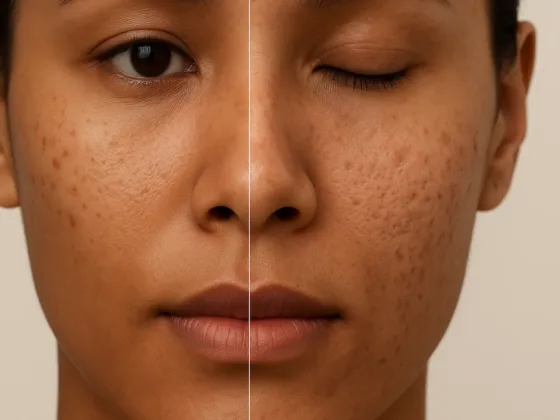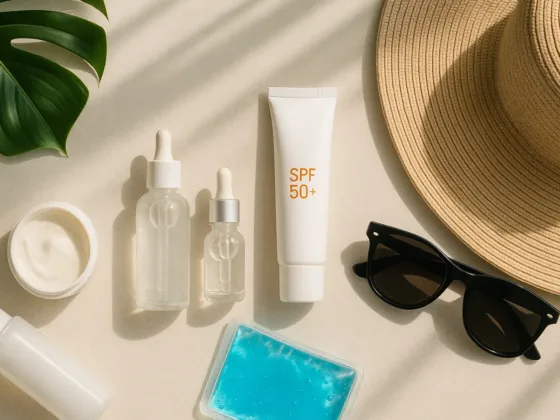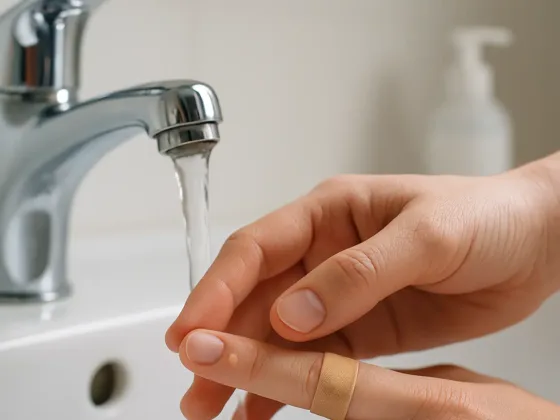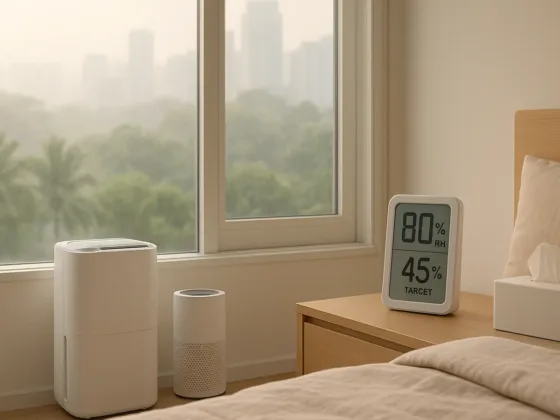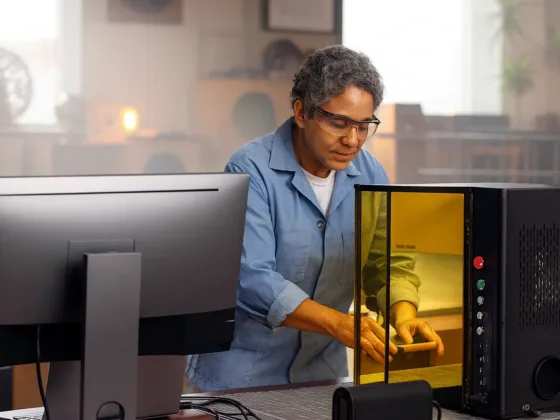Table of Contents Show
Transcranial Magnetic Stimulation, or TMS for short, is a non-invasive procedure that uses magnetic fields to stimulate the nerve cells located in the prefrontal cortex of the brain.
The prefrontal cortex is the area of the brain that regulates mood, and TMS aims to activate these underused neurons to improve overall brain function. Unlike ECT, which uses electric shocks to the brain, TMS therapy is a much safer and more targeted treatment option.
How Does TMS Therapy Work?
During a TMS therapy session, patients sit comfortably in a chair while a small, magnetic coil is placed gently against their scalp. The coil delivers a series of magnetic pulses, which penetrate the scalp and stimulate the prefrontal cortex of the brain.
These pulses cause the neurons in this area to become more active, which in turn can improve mood, reduce anxiety, and increase energy levels. Anxiety is a disorder suffered by numerous individuals worldwide. The conventional medication for anxiety is the use of medication and therapy.
However, not all patients respond positively to these conventional treatments. Recently, a new treatment called Transcranial Magnetic Stimulation (TMS) therapy for anxiety has been gaining popularity. TMS is a non-invasive medical procedure that uses magnetic fields to stimulate nerve cells in the brain that are related to mood regulation.
Advantages of TMS Therapy for Anxiety
Non-invasive Treatment Method: TMS therapy is a non-invasive treatment method, which means there are no incisions or anesthesia involved. Patients only feel a slight tapping during the treatment, which does not cause discomfort.
- No Medication Side Effects: TMS therapy does not involve medication that causes any side effects. Traditional anxiety medication often causes psychological and physical side effects that can be unpleasant to deal with. TMS therapy is a safe treatment method without additional medication.
- Shorter Treatment Duration: The duration of the TMS therapy session is shorter compared to traditional therapy. Patients usually undergo this treatment for 30 minutes per day, five days a week. The duration of the therapy is typically 6 weeks. This treatment allows patients to continue with their daily routines while receiving treatment.
- Effective Treatment-Resistant Anxiety: Individuals who did not respond well to traditional treatments for anxiety, such as medication or therapy, may have a better response to TMS Therapy.
Disadvantages of TMS Therapy for Anxiety
- High Cost: TMS therapy for anxiety is costly compared to traditional treatments, mainly because insurance providers do not often cover the cost of the procedure.
- Need for Regular Treatments: Patients need to undergo regular TMS therapy to maintain the effectiveness of the treatment. Typically, patients undergo TMS therapy for 6 weeks, and a follow-up session is necessary to sustain the results.
- Underlying Medical Conditions: Patients with underlying medical conditions may not be suitable for TMS therapy. For example, individuals with an active seizure disorder or implanted medical devices are not eligible for the procedure.
- Minimal but Possible Side Effects: TMS therapy may cause some side effects, but these are minimal compared to conventional medication. The most common side effect is a slight headache or mild scalp irritation.
In conclusion
TMS therapy is an innovative and non-invasive treatment method for anxiety. The procedure includes numerous advantages, such as no medication side effects and higher effectiveness. However, potential patients should consider and weigh the disadvantages, such as cost and regular treatment necessity.
Before undergoing TMS therapy, it is vital to consult with a qualified medical professional to determine whether it’s the right treatment method for you. Although TMS therapy is not suitable for everyone, it can be an effective treatment method for individuals who had minimal success with traditional treatments.



